Chhath Puja is a vibrant and significant festival celebrated every year in the states of Bihar, Jharkhand, Uttar Pradesh, West Bengal, and many other parts of India, including Nepal. According to the Hindu calendar, it falls in the month of Kartik, on the sixth day of Shukla Paksha.
The Four-Day Celebration
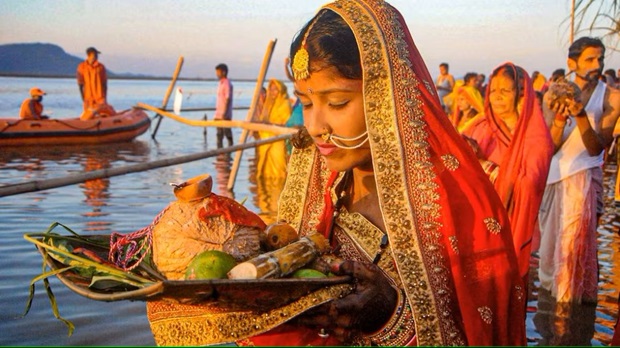
Chhath Puja honours the Sun God and Chhathi Maiya. Over four days, devotees observe rigorous rituals, including a 36-hour waterless fast, praying for their children’s long life, health, and happiness. A water body like a river or pond is essential for the rituals, leading to the cleaning of these areas during the festival.
Day 1: Nahay Khay
The festival begins with Nahay Khay on the Chaturthi date of Kartik month, where devotees take a holy dip and prepare for the fast.
Day 2: Kharna or Lohanda
On the second day, Arghya is offered to Kharna or Lohanda.
Day 3: Sandhya Arghya
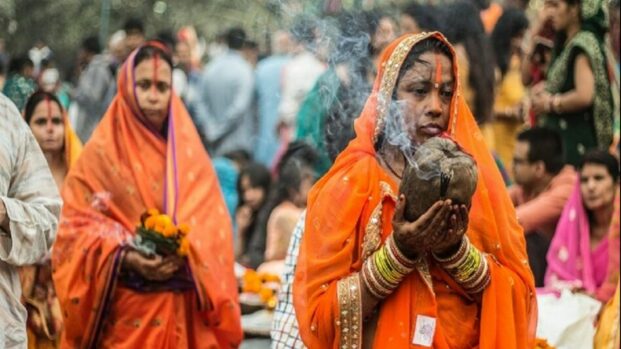
The third day is Sandhya Arghya, where devotees offer Arghya to the setting sun and prepare special prasad like Thekua.
Day 4: Usha Arghya
On the fourth day, the 36-hour fast is broken by offering Arghya to the rising sun at the ghats.
The Meaning Behind Chhath
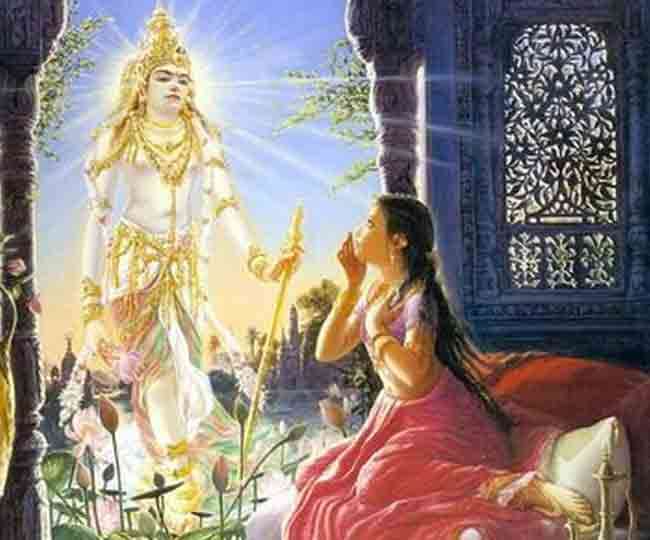
The word “Chhath” means “sixth” in ancient Prakrit, reflecting its celebration on the sixth lunar day of Chaitra and Kartik months. Chhathi Maiya, believed to be the Sun God’s sister, is worshipped for her blessings of health, happiness, and fertility.
The Legends and Stories
Sita’s Chhath Puja in Munger
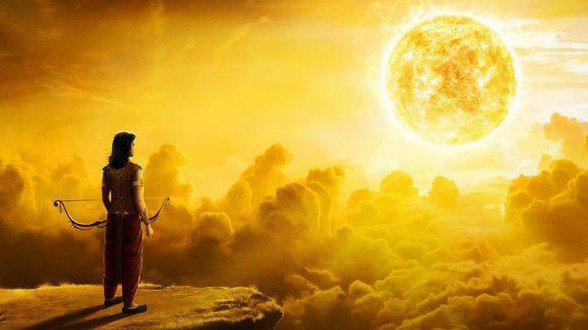
Legend has it that Mother Sita performed Chhath Puja in Munger, making it a significant location for the festival.
Goddess Aditi’s Worship
According to mythology, Goddess Aditi worshipped her daughter, Chhathi Maiya, to have a bright son, leading to the birth of the Adityas, including Surya, who defeated the demons.
King Priyamvad and Malini
Another story tells of King Priyamvad and his wife Malini, who were blessed with a son by observing Chhath Puja after a stillborn tragedy.
Lord Ram and Sita
After defeating Lanka, Lord Ram and Sita performed Chhath Puja to thank the Sun God, a tradition that continues to this day.
Karna from Mahabharata
Karna, a devoted worshipper of the Sun God, performed Chhath rituals, enhancing his strength as a warrior.
Pandavas Regaining Their Kingdom
Draupadi’s Chhath Puja helped the Pandavas regain their kingdom, emphasizing the festival’s power and significance.
Embracing Nature
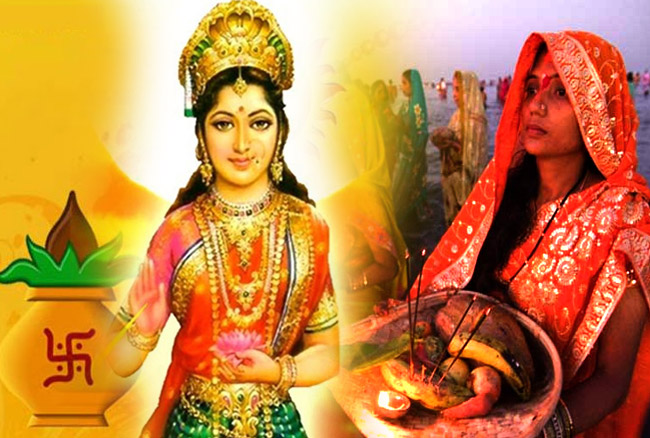
Chhath Puja teaches us to respect and cherish nature. The rituals involve using natural items like green bamboo, earthen stoves, and fruits, reflecting a deep connection with the environment. Traditional songs during Chhath Puja also highlight the importance of protecting animals and birds.
Join the Celebration
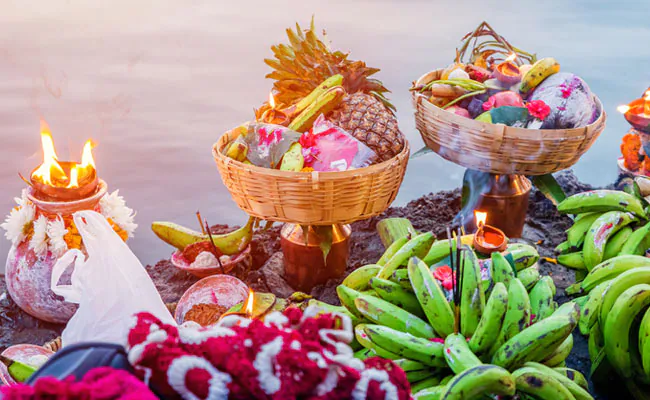
We hope this gives you a clear picture of Chhath Puja, a festival rich in tradition and devotion. Do you celebrate Chhath Puja? Share your experiences and thoughts in the comments!